The Finnish Association of Consulting Firms (SKOL) organized its annual Consultants’ Day in April. The first presenter was the chairman of SKOL’s board, Markku Moilanen, of the Ramboll Group. His presentation addressed the changing business environment of design.
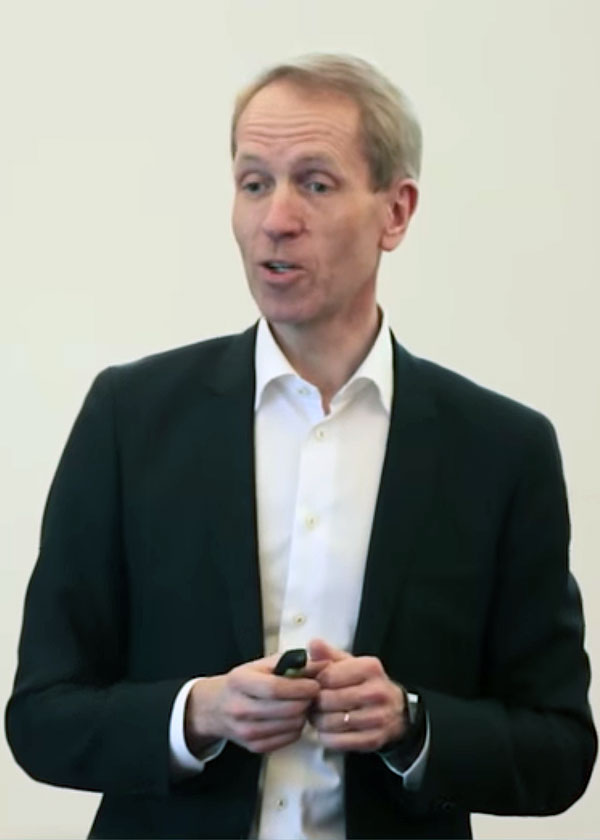
“Big changes are taking place in our business environment. Oftentimes, when we’re talking about our business environment we’re worried about short-term prospects. This time I thought we could take a long-term outlook and start with megatrends,” Moilanen asserted. “We know in our respective companies that the end-of-the-year order backlog is important for our success. On the other hand, we want to be around for the long term. If we don’t know where the world is going in the long run, we cannot make the right decisions in the short term.”
Moilanen continued by describing four megatrends that he thinks will affect the future of the consulting business. You can watch his presentation – as well as that of others on the day – on SKOL’s website. Here are my summaries of his key points:
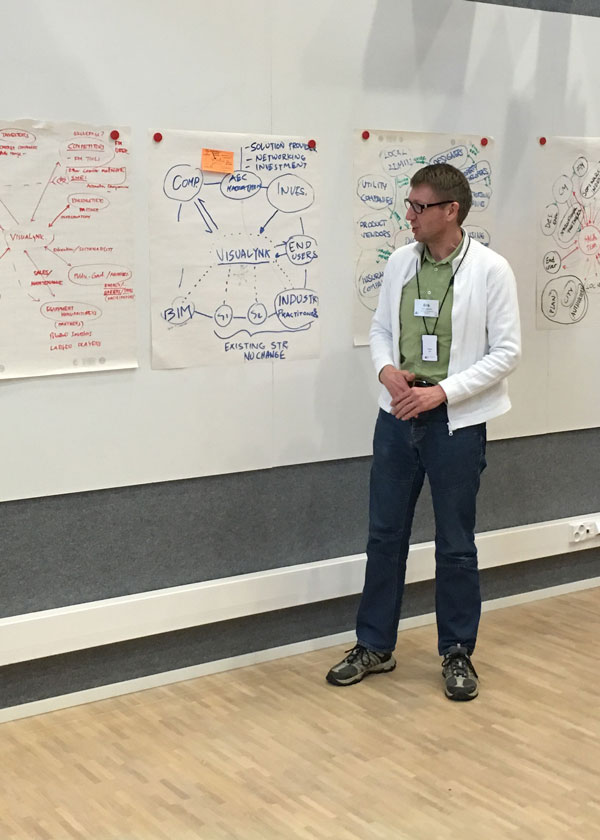
 Globalization
Globalization
In practice, this means that global trends affect national economies. We are no longer in control of the changes in our gross national product. The price of oil affects us directly – in certain industries really radically. That presents either a threat or an opportunity.
In terms of engineering and design, the market is becoming global as we speak. Competent people are emerging from all over the world. China and India are educating capable engineers who can work anywhere. Networked communication allows geographically distributed design. Our industry is consolidating. As an example, Moilanen mentioned AECOM, the biggest company in the industry, with 100,000 employees.
All these changes are creeping into Finland as well. If we’re not vigilant, we won’t feel the temperature of the water rising until it’s too late.
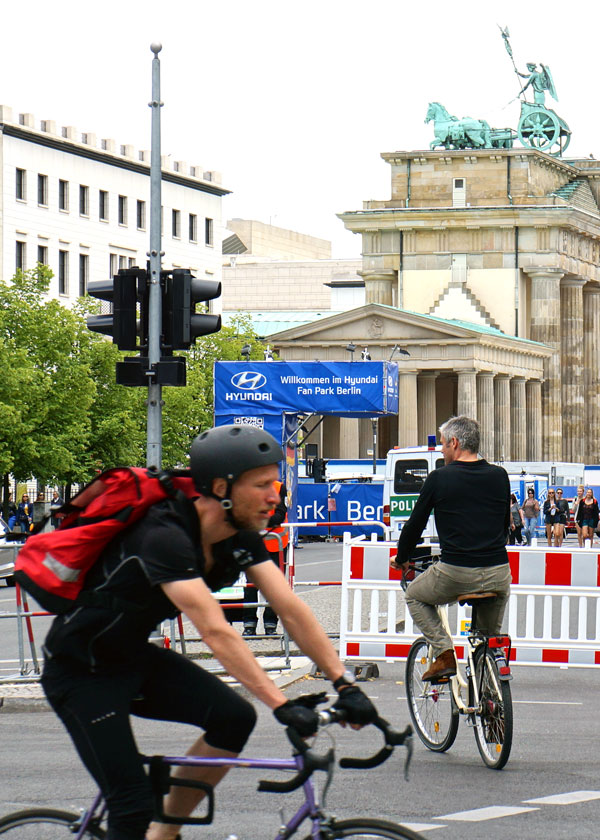
 Urbanization
Urbanization
Cities are growing in Finland, too. We have already read the headlines about the insufficiency of housing production in the metropolitan area. Furthermore, the migration to the wealthy Europe increases demand for new apartments. This entails more construction – not only of buildings, but also of infrastructure.
These changes open up new opportunities for Finnish consulting firms. Local markets are no longer sufficient. If we can solve problems for Finnish cities, we can offer the same services worldwide. Lack of clean air and water and sustainability are issues that we, as designers, can help solve. We, as Finns, stand for clean values, clean nature, and integrity.
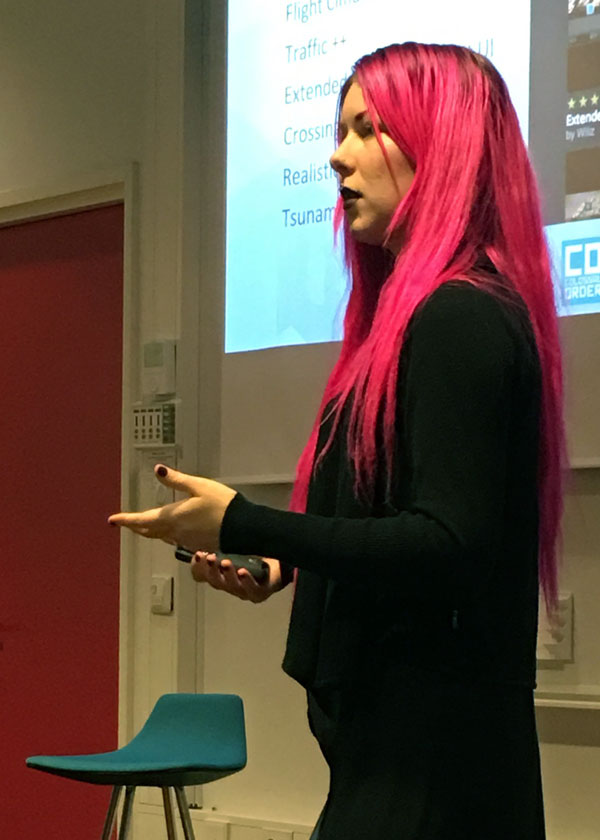
 Demographic changes
Demographic changes
Nations, especially in Europe, are aging. At the same time younger generations are entering the labor market. They bring in new ways of working and living. We have to rethink the way we work so that we can be attractive to newcomers as well as to those over 50.
Our clients are eager to know about our environmental values and policies. At the same time, they want to know how we practice diversity and equal opportunities in the workplace.
Technological development
Technology is changing value chains. For example, the focus is moving away from railways as a sustainable transport mode, to roads. Soon we’ll travel in electronic vehicles that we may no longer own. MaaS and other new concepts will require cross-industry collaboration. Especially here in Finland we have a strong IT branch, thanks to Nokia. Collaborating with ICT firms will be worthwhile.


Digital transformation is visible in everyday life: we have social media in our pockets, we pay using mobile transactions, we have cloud services, etc. What’s new is that Big Data is growing in importance and the Internet of Things (IoT) is already being used in certain industrial applications. We can expect that the IoT for HVAC and infrastructure will change how we design, construct, and use built environments. Digitalization actually integrates industry areas and creates new business opportunities.
The digitalization of processes automates informational work. It is perhaps surprising that law firms see Big Data and digitalization as a threat. New technologies allow the automation of many tasks that they now charge for. Engineers crunch numbers, lawyers crunch words, and likewise engineering can be automated – especially now that we’re routinely using building information models instead of unintelligent graphics. Automation will make some work redundant, but demand for certain types of consulting will remain.
Because of the megatrends, we’ll see new entrants in the design and consulting industry. Design brokers will enter the market. Boundaries between design disciplines will gradually fade. Tasks that were once performed in consulting and design firms will be executed within companies. At the same time, new opportunities may open up for consultants in unexpected areas.
What should we do to succeed in the future?
Moilanen presented four practices that help us to survive in the world of tomorrow:
- Adaptation: we have to adapt to changing circumstances;
- Preadaptation: we must think in advance what might happen and what we should do about it;
- Co-evolution: we must go out and talk to companies and organizations outside our domain;
- Leadership: if we can create change, we can create new value.
Here are three simple things that we can do today to ignite this change:
- Put the customer and user in the center of our thinking;
- Move the discussion from hourly fees to customer and societal benefits and values;
- Don’t educate for the old world; educate for the future.
Moilanen concluded by saying that consultants can successfully and without shame be “second movers” and “stealing with pride.”
View the original article and our Inspiration here

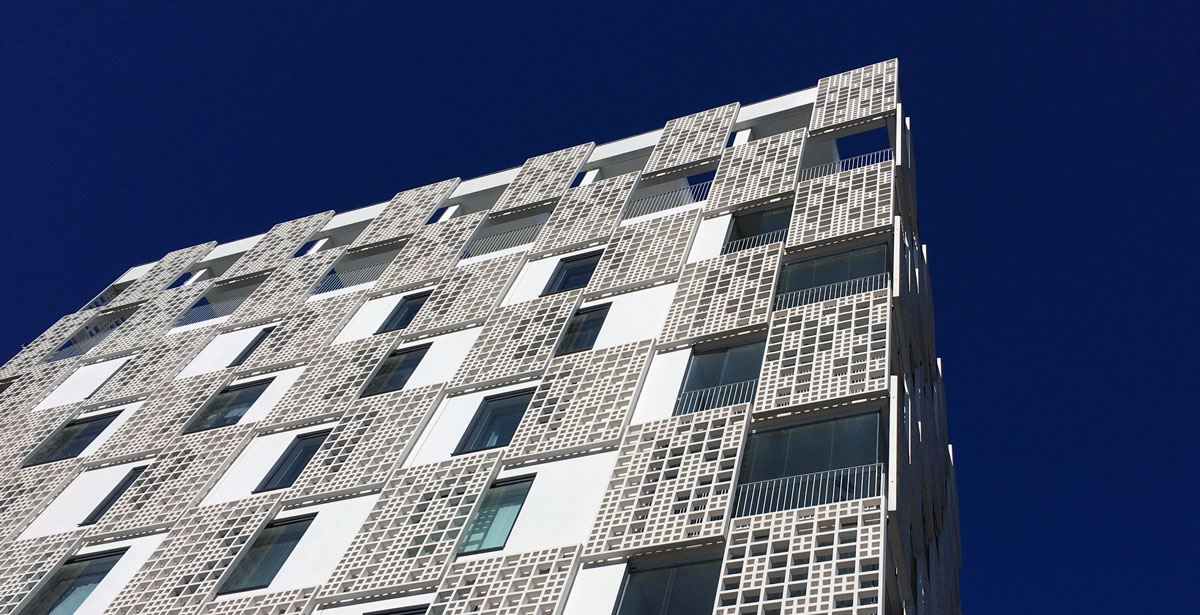
Leave a Reply